Yes, Here! We speak Spanish, Spanish is a beautiful and rich language that belongs to the Romance family. It has more than 500 million speakers around the world, making it the second most spoken language after Mandarin Chinese. Spanish is the official language of 21 countries, mostly in Latin America, but also in Europe and Africa. Here are some of them:
– Spain: The birthplace of Spanish and the home of many regional varieties, such as Castilian, Catalan, Galician and Basque.
– Mexico: The most populous Spanish-speaking country in the world, with over 120 million speakers. Mexican Spanish is influenced by indigenous languages, such as Nahuatl and Maya.
– Colombia: The second most populous Spanish-speaking country, with over 50 million speakers. Colombian Spanish is known for its clear pronunciation and polite expressions.
– Argentina: The largest Spanish-speaking country in South America, with over 40 million speakers. Argentine Spanish is distinctive for its use of “vos” instead of “tú” and its Italian-like intonation.
– Peru: The fourth most populous Spanish-speaking country, with over 30 million speakers. Peruvian Spanish is influenced by Quechua, the language of the Incas, and has many regional variations.
– Chile: A long and narrow country in South America, with over 18 million speakers. Chilean Spanish is characterized by its fast pace, slang words and unique sounds.
– Cuba: An island nation in the Caribbean, with over 11 million speakers. Cuban Spanish is influenced by African languages and has a musical rhythm.
– Dominican Republic: Another island nation in the Caribbean, with over 10 million speakers. Dominican Spanish is similar to Cuban Spanish, but with more French words and a softer pronunciation.
– Venezuela: A country in northern South America, with over 28 million speakers. Venezuelan Spanish is diverse and varies according to social class, region and ethnicity.
– Ecuador: A country in western South America, with over 16 million speakers. Ecuadorian Spanish is influenced by Quichua, another indigenous language, and has a sing-song intonation.
– Guatemala: A country in Central America, with over 14 million speakers. Guatemalan Spanish is influenced by Mayan languages and has a nasal sound.
– Bolivia: A landlocked country in South America, with over 11 million speakers. Bolivian Spanish is influenced by Aymara and Quechua, and has many loanwords from these languages.
– Honduras: A country in Central America, with over 9 million speakers. Honduran Spanish is similar to Guatemalan Spanish, but with more English words and a slower pace.
– El Salvador: The smallest and most densely populated country in Central America, with over 6 million speakers. Salvadoran Spanish is similar to Honduran Spanish, but with more slang words and a sharper pronunciation.
– Nicaragua: A country in Central America, with over 6 million speakers. Nicaraguan Spanish is similar to Salvadoran Spanish, but with more indigenous words and a softer sound.
– Costa Rica: A country in Central America, with over 5 million speakers. Costa Rican Spanish is known for its use of vosotros instead of ustedes and its friendly expressions.
– Panama: A country in Central America, with over 4 million speakers. Panamanian Spanish is influenced by English and Caribbean languages, such as Jamaican Patois and Bocas del Toro Creole.
– Paraguay: A landlocked country in South America, with over 7 million speakers. Paraguayan Spanish is unique for its extensive use of Guaraní, an indigenous language that coexists with Spanish as an official language.
– Uruguay: A small country in South America, with over 3 million speakers. Uruguayan Spanish is similar to Argentine Spanish but with more Portuguese words and a different accent.
– Puerto Rico: A US territory in the Caribbean, with over 3 million speakers. Puerto Rican Spanish is influenced by English and Taíno, an extinct indigenous language.
These are some of the countries that speak Spanish, but there are many more where you can find Spanish speakers or learners. For example, the United States has over 40 million people who speak Spanish as their first or second language. And there are also countries where Spanish is not official but widely spoken or taught as a foreign language, such as Brazil, Morocco, Philippines and Equatorial Guinea.
Spanish is a wonderful language to learn and enjoy. It can open many doors for you in terms of culture, travel, work and friendship. If you are interested in learning more about Spanish or improving your skills, I recommend you check out some of the resources I have listed below.
¡Thank you!
Argentina, a vast and diverse country in South America, captivates with its dramatic landscapes, rich cultural heritage, and dynamic society. From the …
Bolivia, a landlocked country located in the heart of South America, is a nation of stunning natural beauty, rich cultural heritage, and …
Chile, a narrow strip of land stretching along the western coast of South America, is a country of remarkable natural beauty, diverse …
Colombia, situated in the northwest corner of South America, is a nation of rich cultural heritage, stunning natural beauty, and a complex …
Costa Rica, often referred to as the “Switzerland of Central America,” is a small yet remarkable country nestled between Nicaragua to the …
Cuba, a captivating island nation in the Caribbean, is a land of contradictions, complexities, and resilience. From its revolutionary history to its …
The Dominican Republic, occupying the eastern two-thirds of the island of Hispaniola in the Caribbean Sea, is a nation characterized by its …
Ecuador, nestled on the northwestern coast of South America, is a country of stunning natural beauty, rich cultural heritage, and diverse ecosystems. …
El Salvador, the smallest and most densely populated country in Central America, boasts a rich history, vibrant culture, and diverse landscapes. Nestled …
Equatorial Guinea, a small but intriguing country located on the west coast of Central Africa, is a land of contrasts, rich in …
Guatemala, located in Central America, is a country steeped in rich history, diverse culture, and breathtaking natural landscapes. From its ancient Mayan …
Honduras, located in Central America, is a nation steeped in history, culture, and natural beauty. From its ancient Mayan ruins to its …
Mexico, a country with a rich tapestry of history, culture, and natural beauty, occupies a prominent place in the heart of North …
Nicaragua, located in the heart of Central America, is a country of rich history, diverse culture, and stunning natural beauty. From its …
Panama, a narrow isthmus connecting North and South America, is a country of rich history, diverse culture, and stunning natural beauty. Renowned …
Paraguay, often referred to as the “Heart of South America,” is a landlocked country located in the heart of the continent. Known …
Peru, nestled on the western coast of South America, is a land of ancient civilizations, breathtaking landscapes, and vibrant cultures. From the …
Puerto Rico, an island territory of the United States, is a place of rich history, vibrant culture, and stunning natural beauty. Located …
Spain, located in southwestern Europe on the Iberian Peninsula, is a country rich in history, culture, and diversity. From its vibrant cities …
Uruguay, often referred to as the “Switzerland of South America” for its stable democracy, social progressiveness, and high standard of living, is …
Venezuela, located on the northern coast of South America, is a country of stunning natural beauty, rich cultural heritage, and complex socio-political …


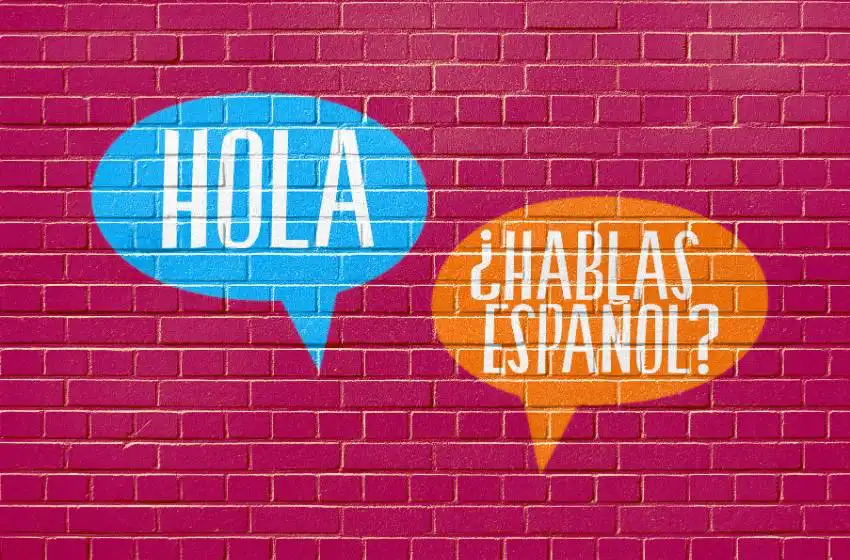
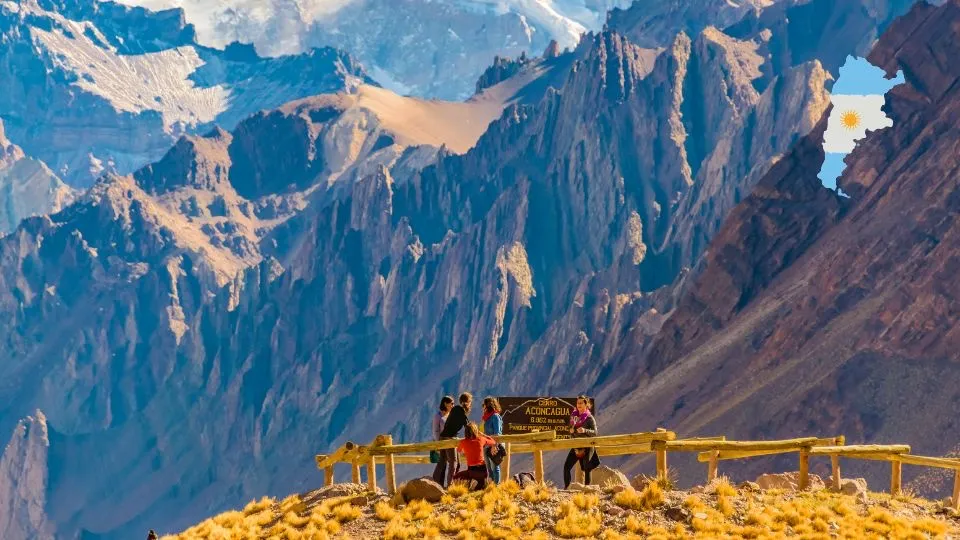
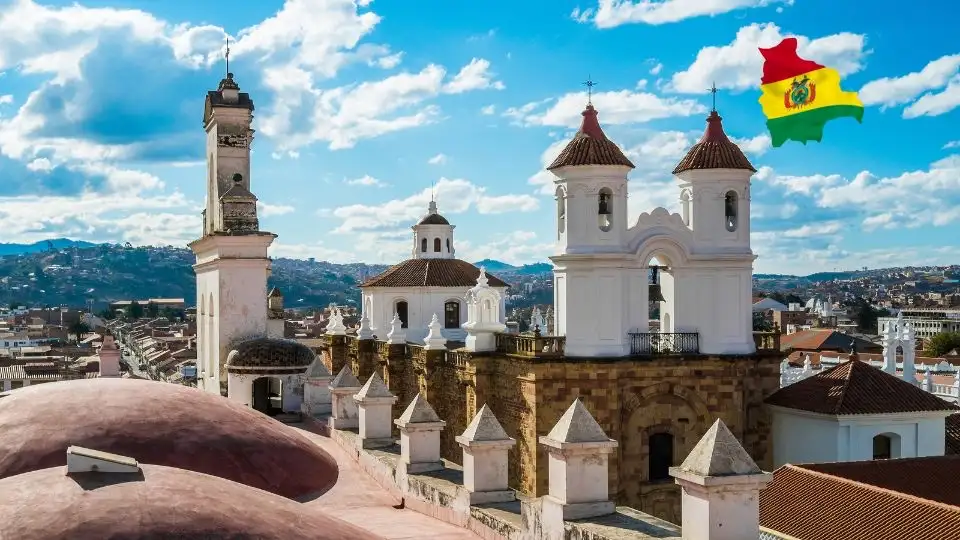
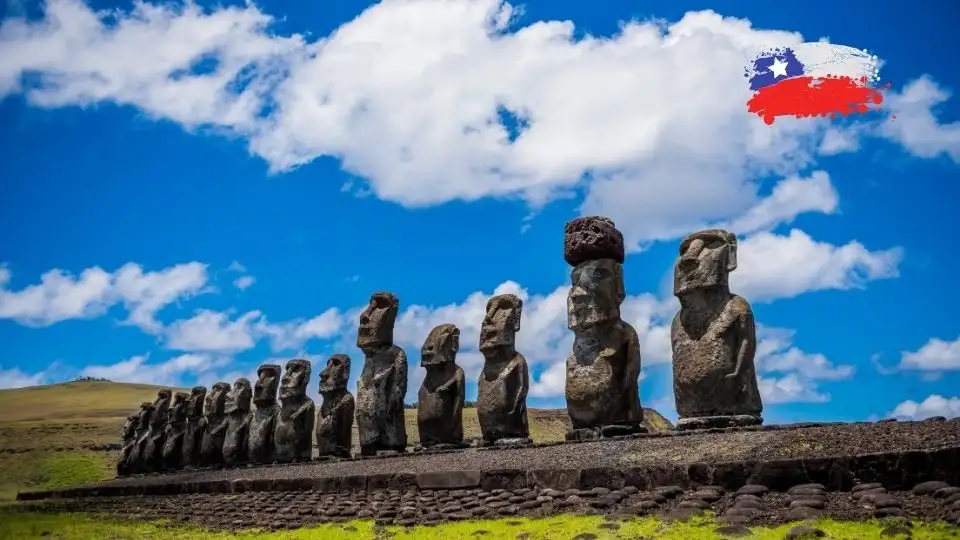
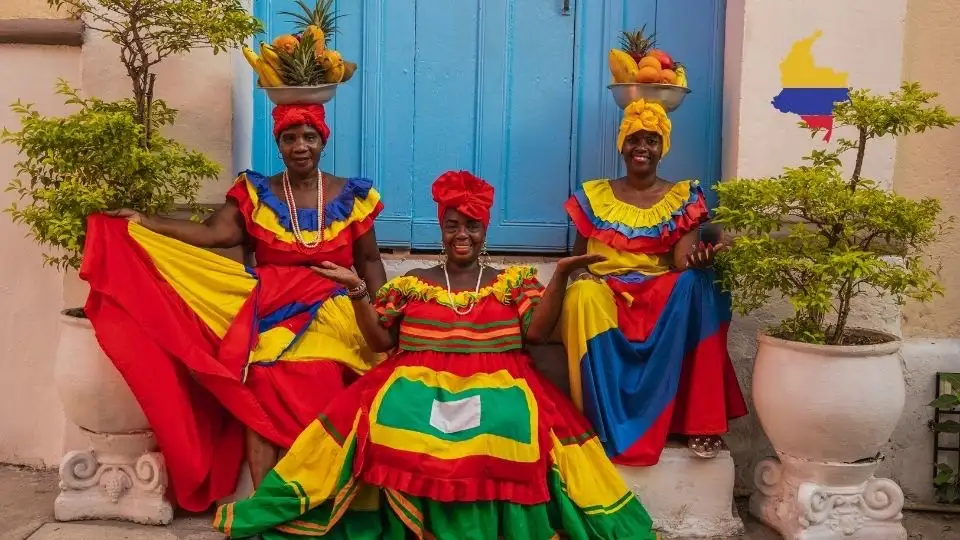
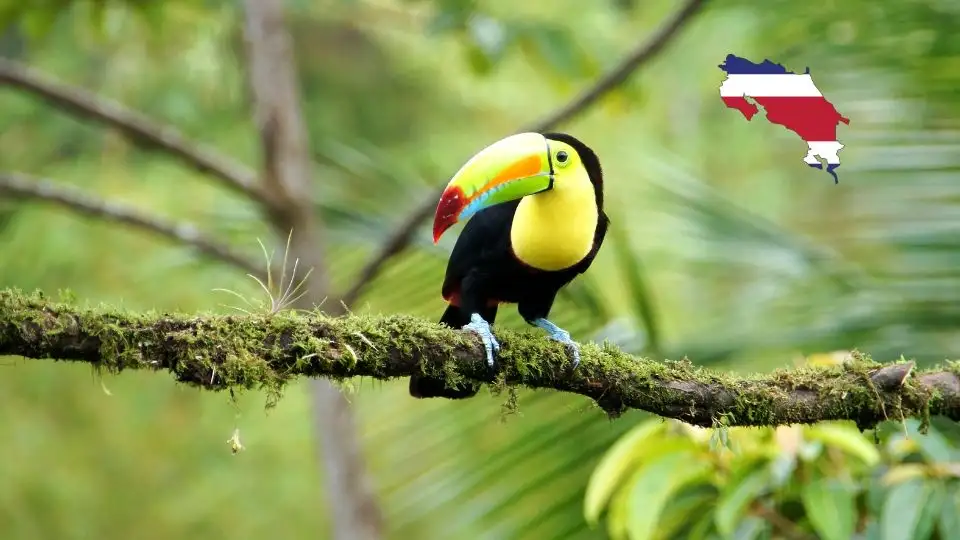
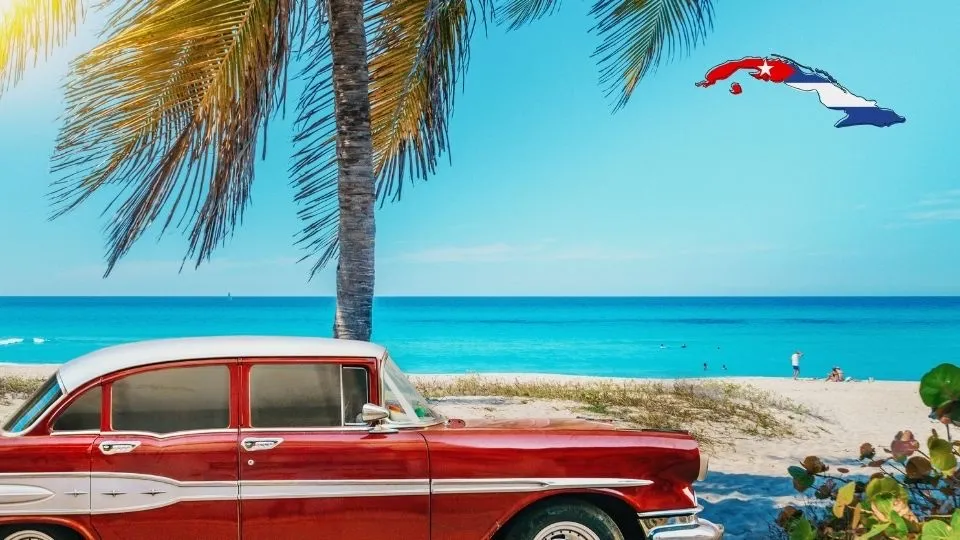
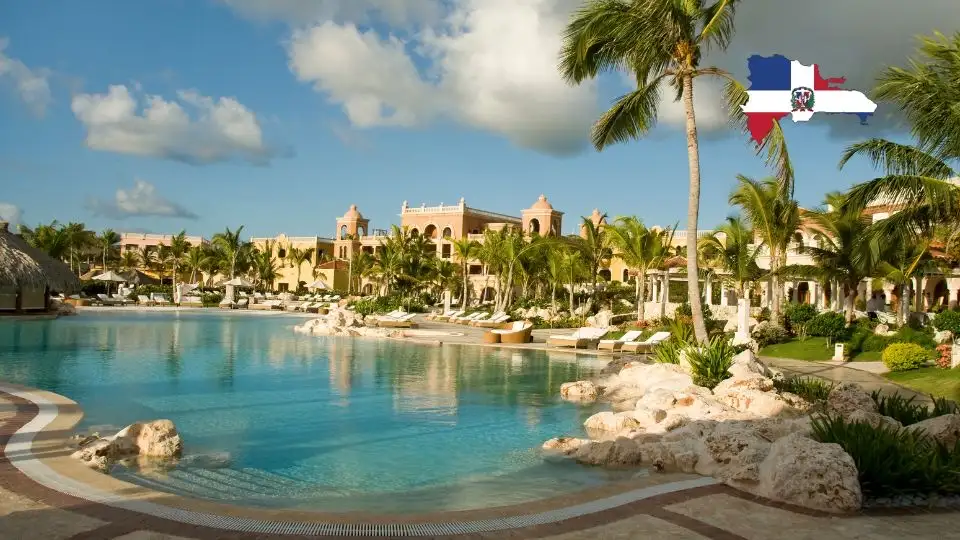
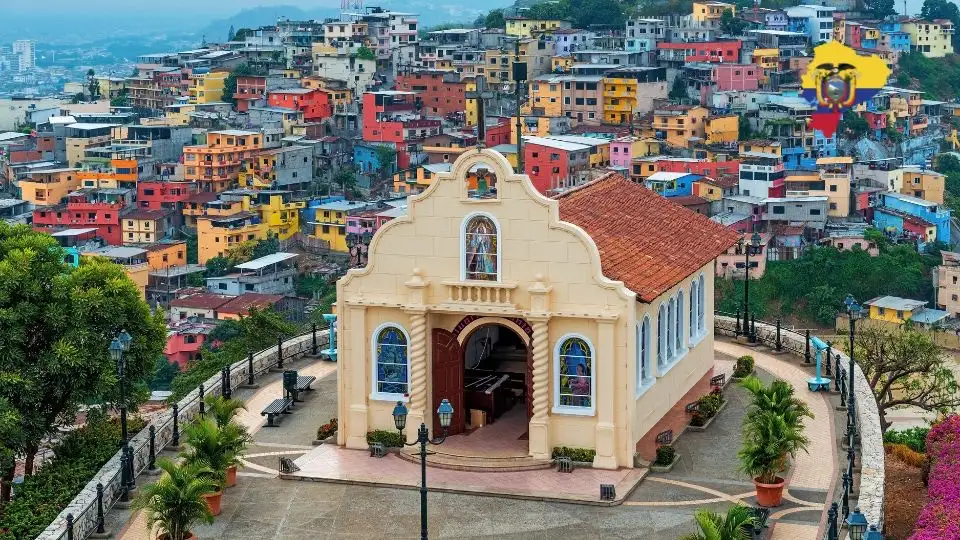
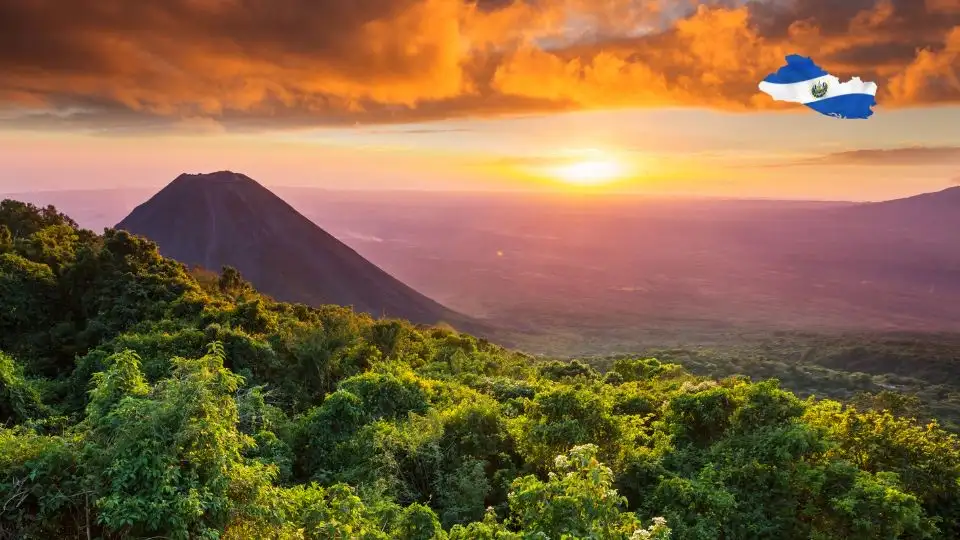
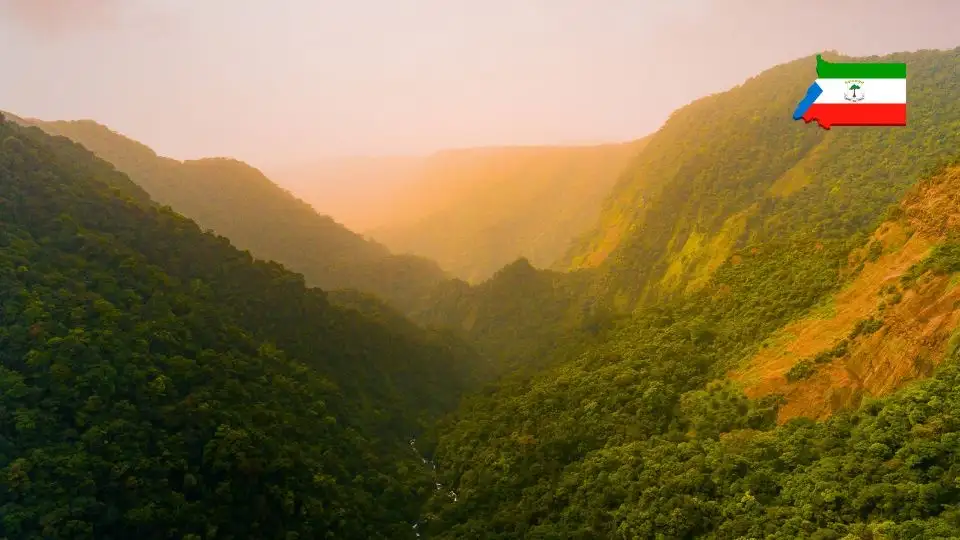
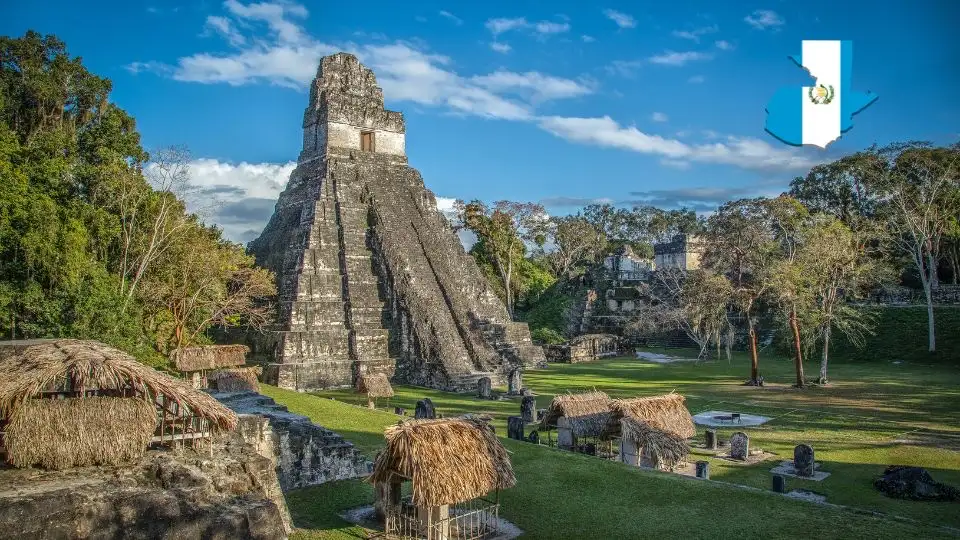
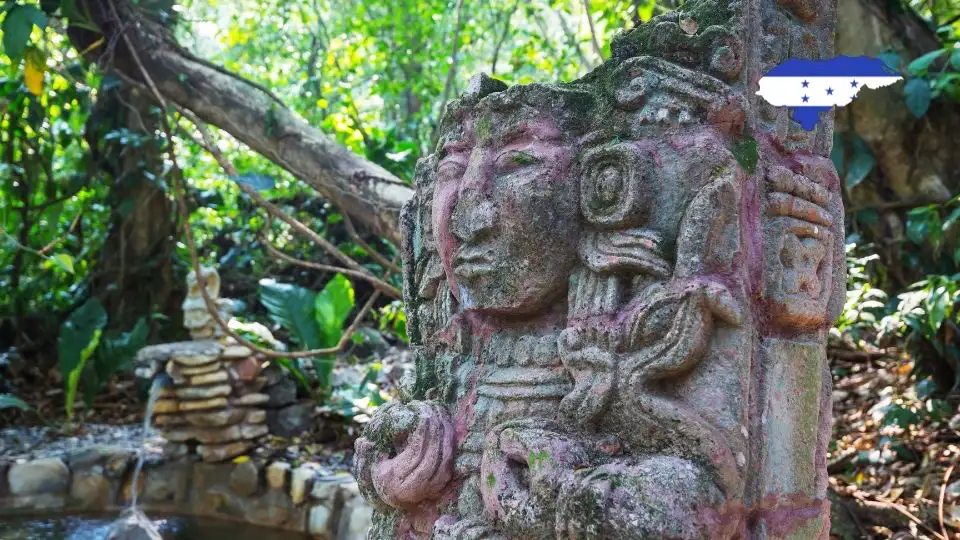
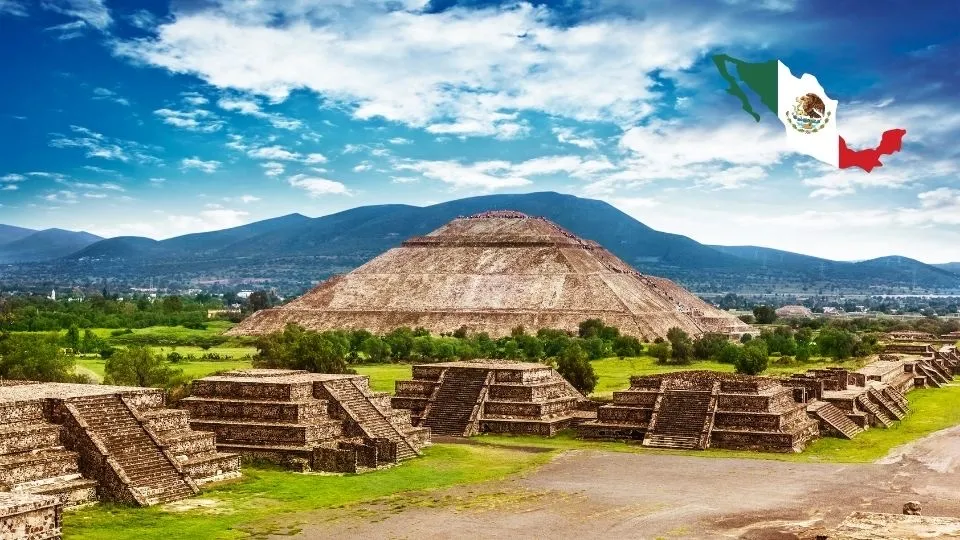
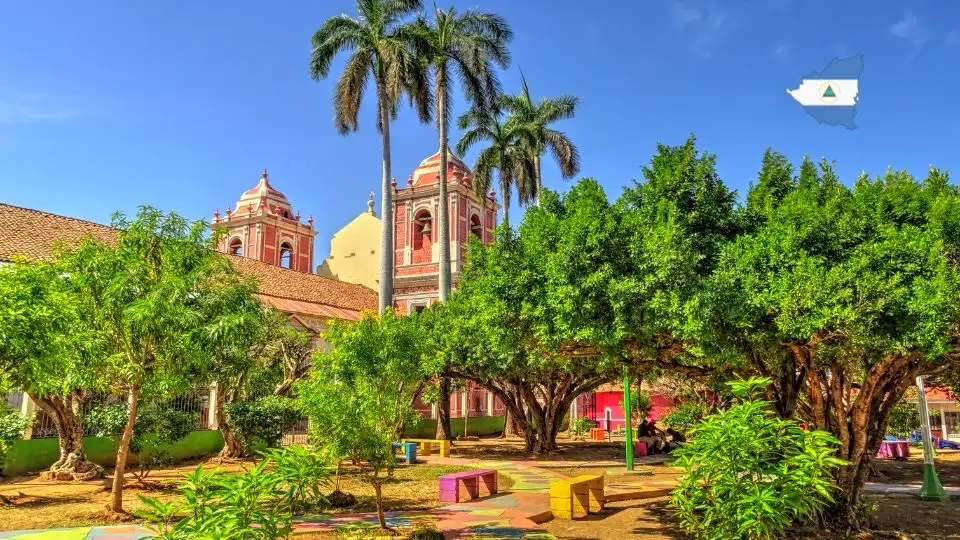
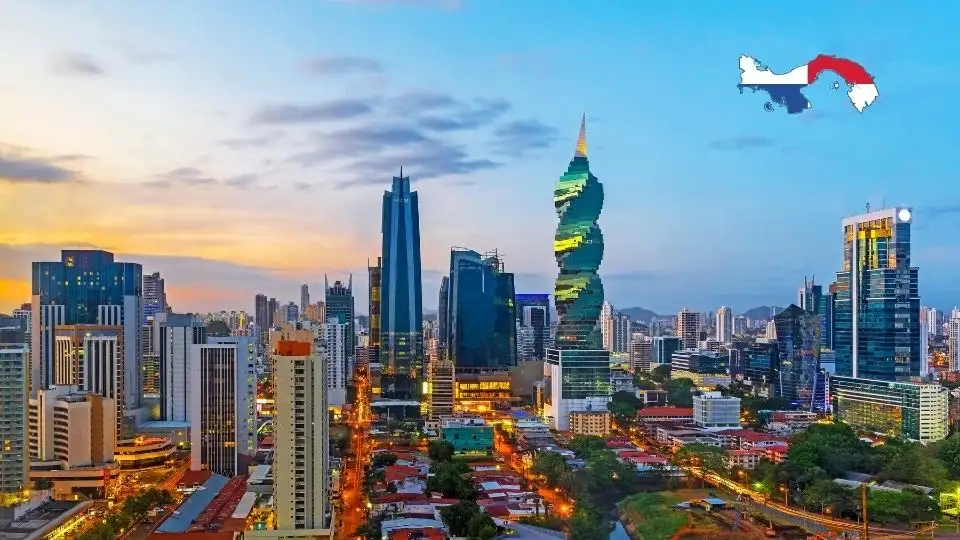
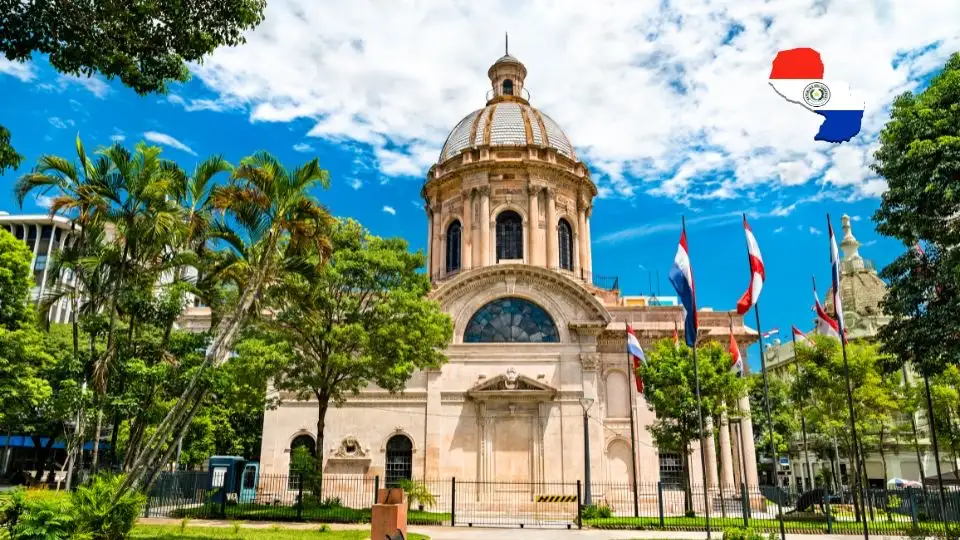
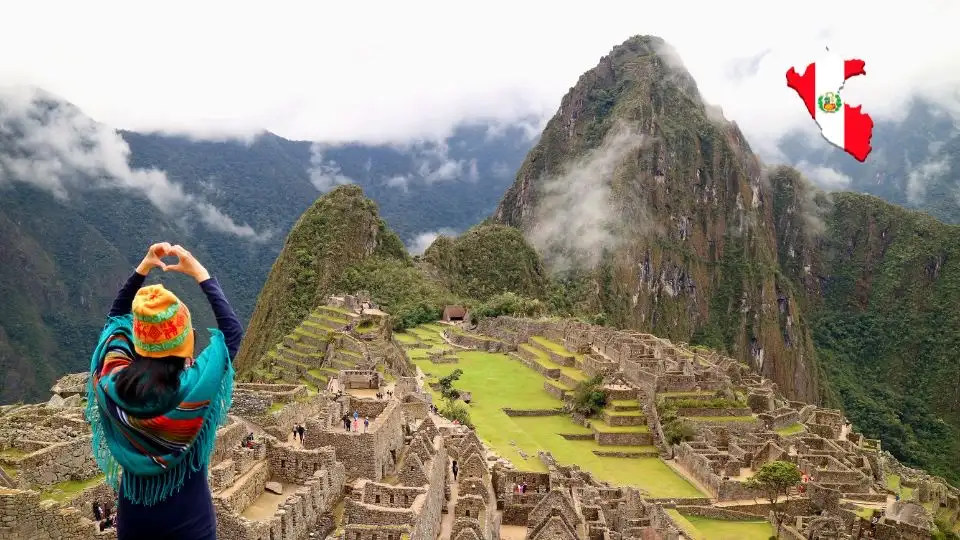
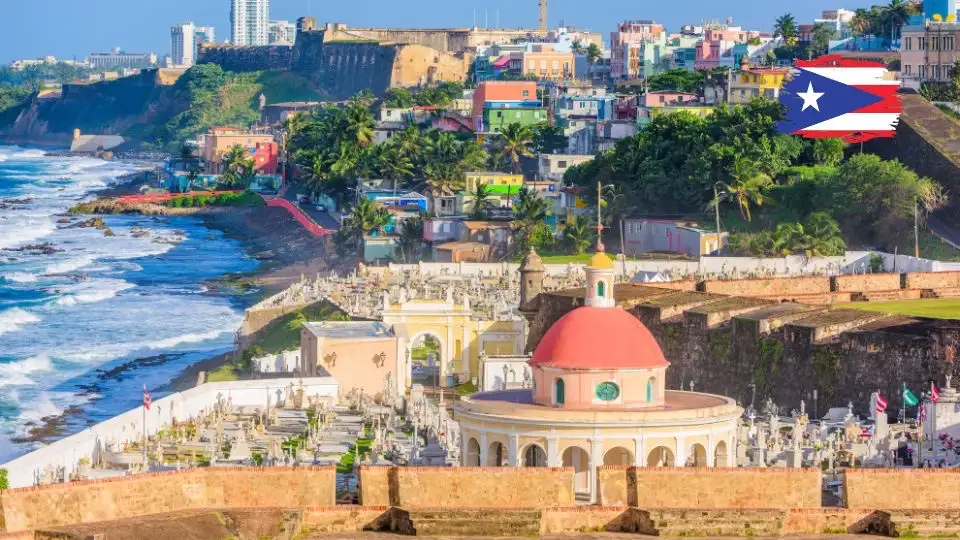
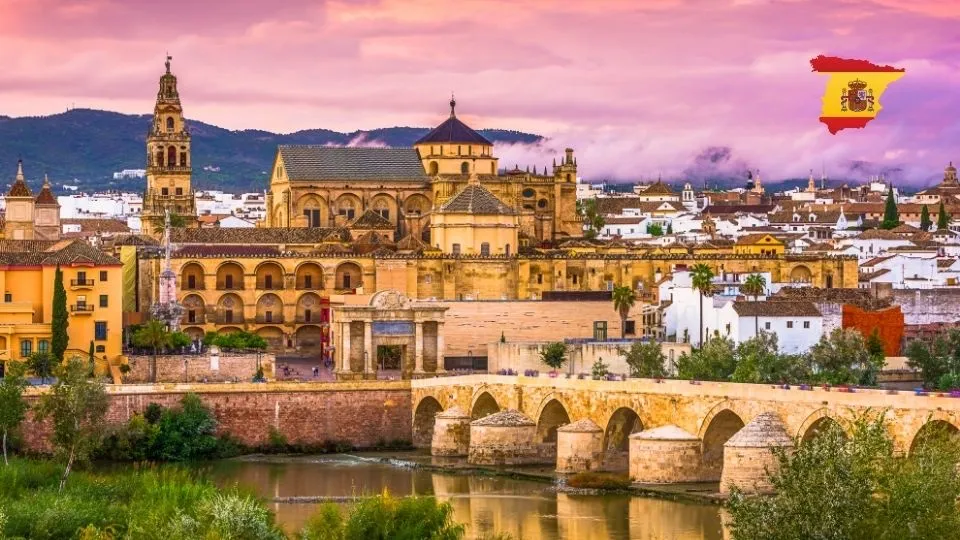
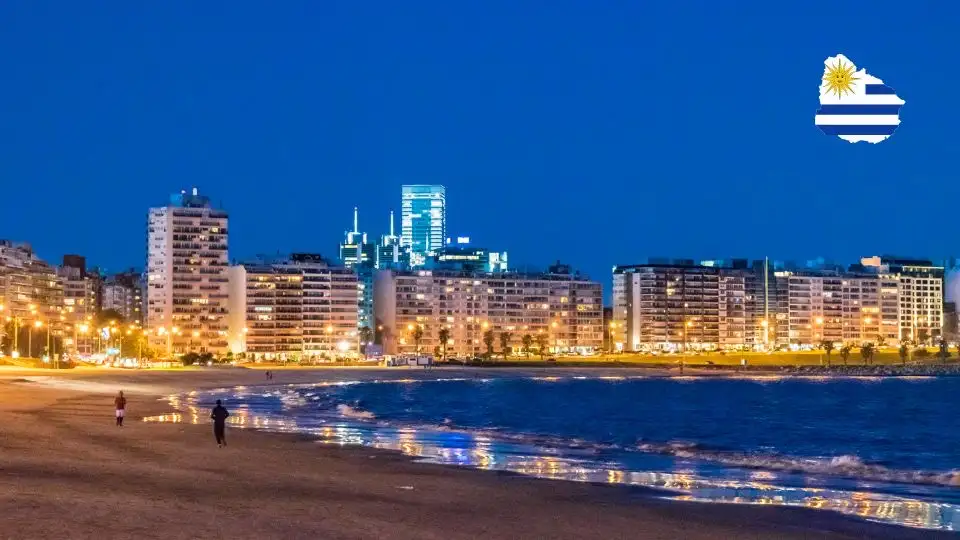
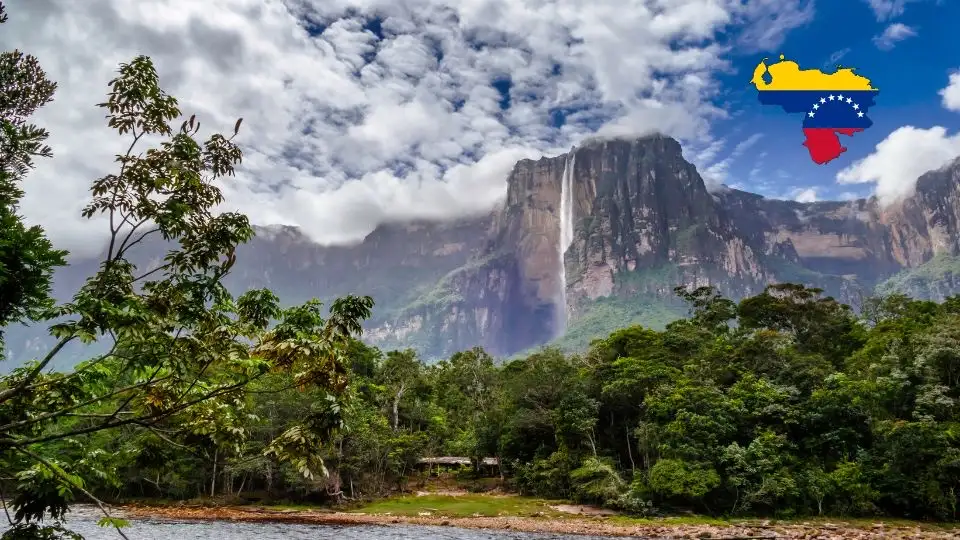
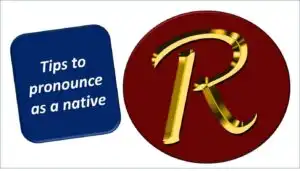


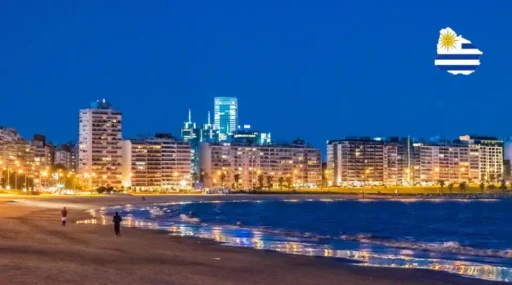

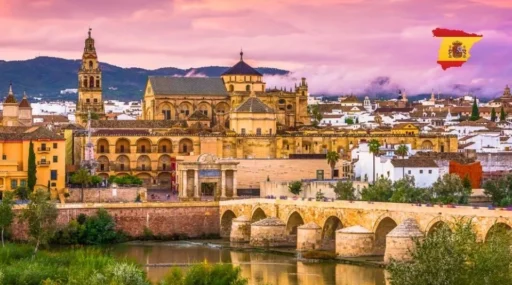
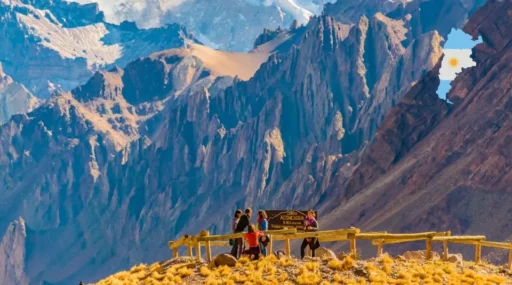
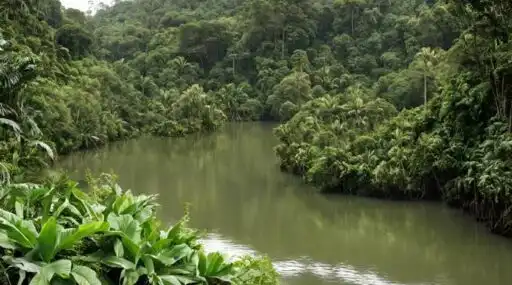
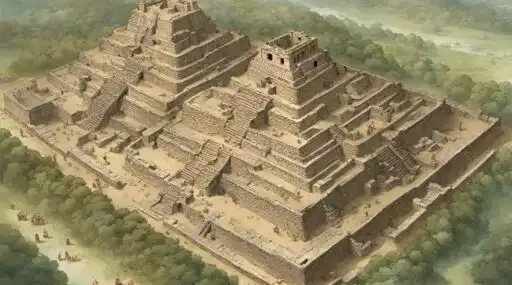
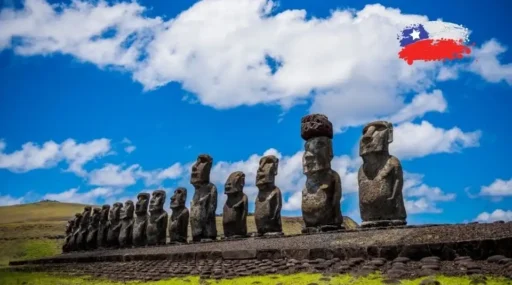
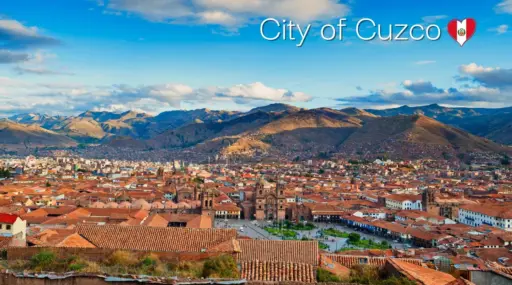
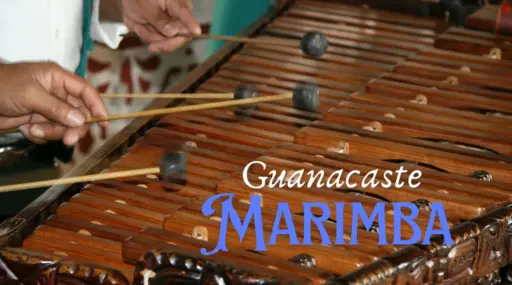

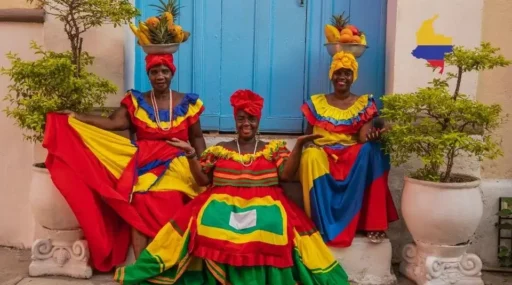

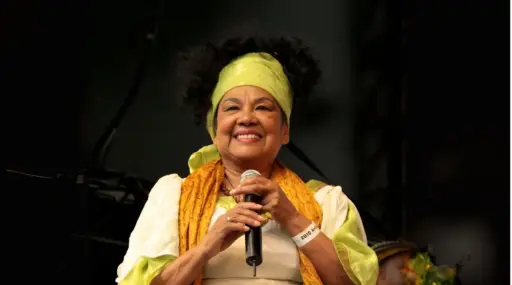

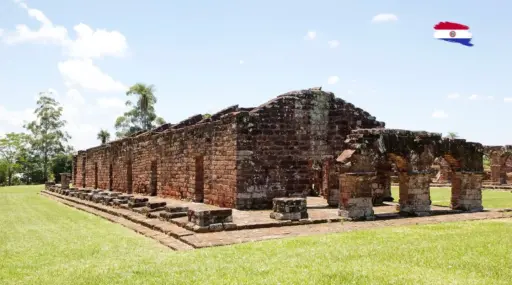
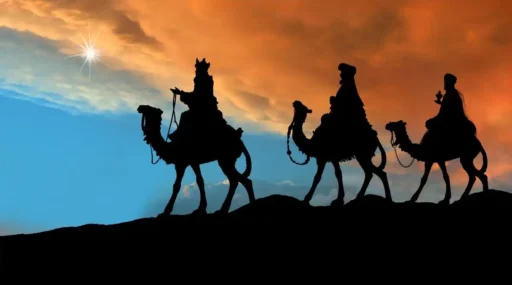


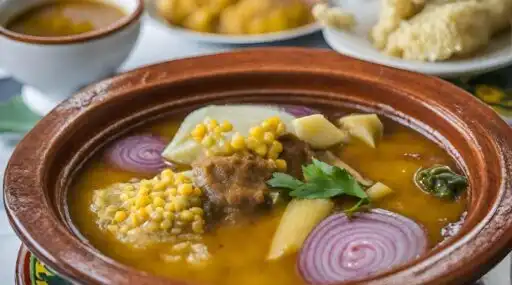
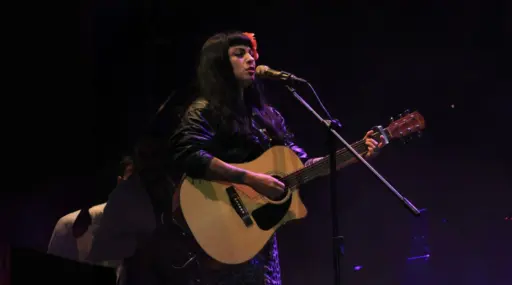
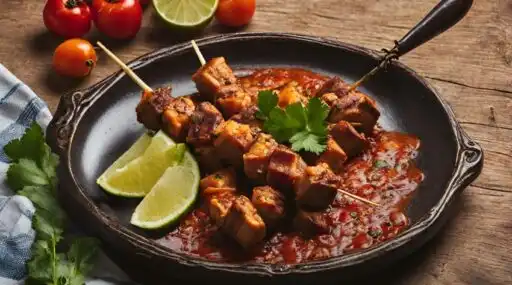
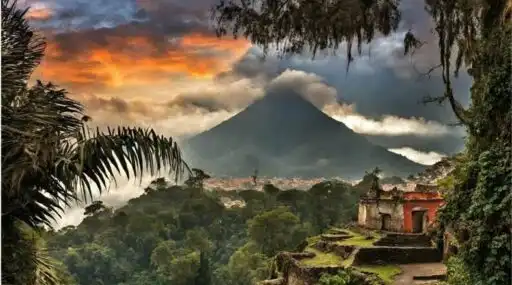
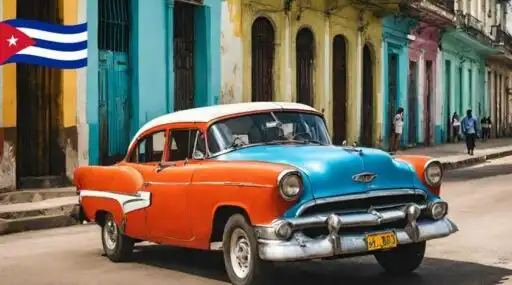
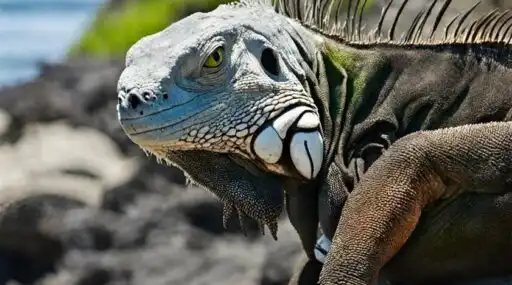



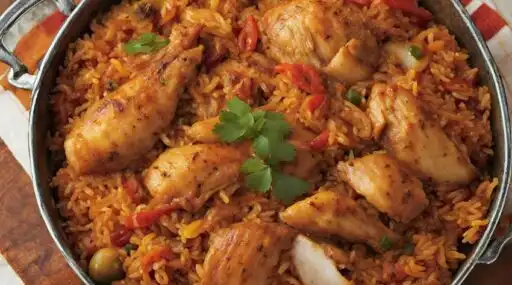
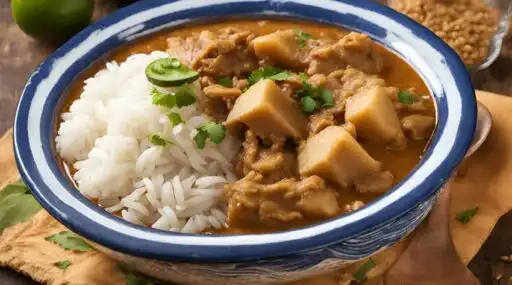

Leave a Reply